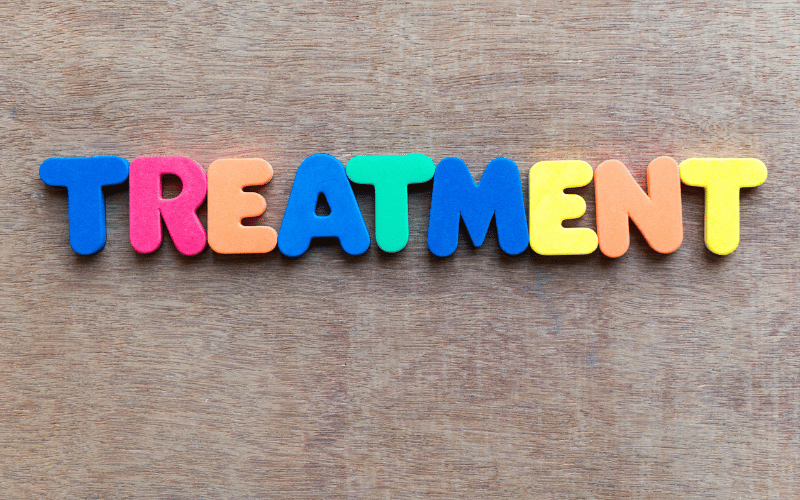Fact 8: Treatment Approaches

One of the primary treatments for GBS is plasmapheresis. Here, the blood is essentially ‘cleaned’ by separating blood cells from the plasma, then returning the blood cells to the patient sans the plasma. This process helps in removing the antibodies causing nerve damage.
Another mainstay of GBS treatment is intravenous immunoglobulin (IVIG) therapy. Patients receive high doses of proteins that, in normal cases, function as antibodies. These proteins can help block the damaging antibodies that are attacking the peripheral nerves.
While the aforementioned treatments target the root cause, managing GBS’s symptoms is equally crucial. This might involve pain relief, physical therapy, and even ventilator support for those with respiratory difficulties.
Post the acute phase, rehabilitation becomes paramount. It focuses on helping patients regain their strength, improve their mobility, and address any residual effects of the disease.
Given GBS’s complex nature, a multi-disciplinary approach often proves beneficial. This encompasses neurologists, physiotherapists, psychologists, and other specialists working in tandem to ensure comprehensive care. (8)